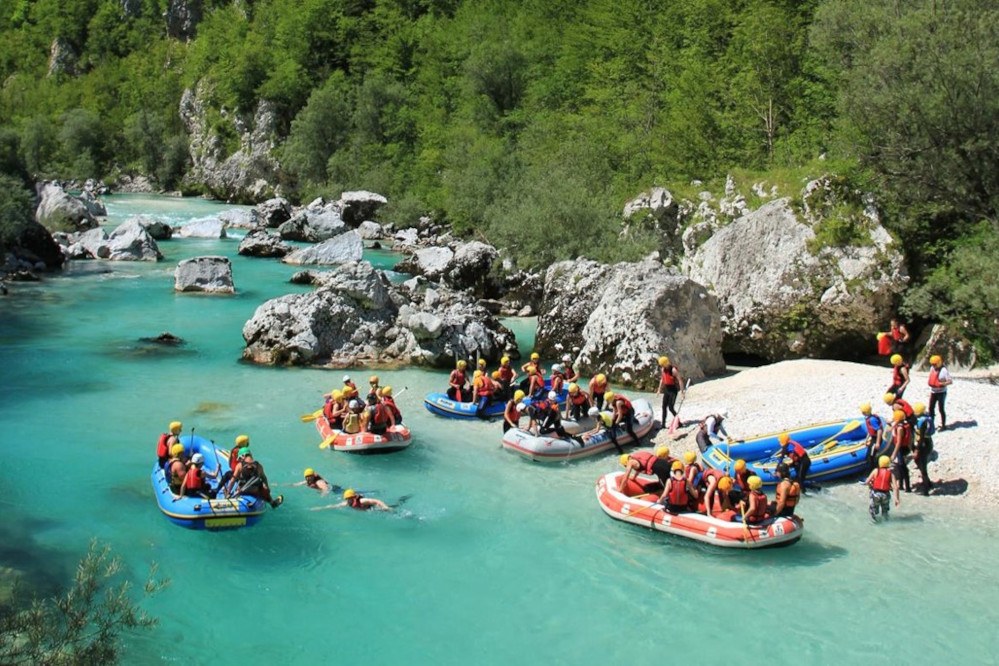News
Leaving few traces along the way

Photos on social media suddenly made the small Ranui church in the Vilnöss Valley in South Tyrol a sought-after photo motif for guests from all over the world – too many for the narrow valley. The remedy is now a turnstile with a payment point and a photo point. The road to the church has been closed and a hiking trail laid out. Parking fees are charged, public buses run into the valley every hour, and a brochure in English and Chinese provides additional information.
Tourism has also developed rapidly within the last few years in the Slovenian Soča Valley and along the river of the same name. "We have learned a lot from our mistakes in the past", says tourism director Viljam Kvalič. Whether rafting, fishing, SUP or canyoning: in order not to overload local nature, guests now have to purchase authorisation slips depending on the sport or activity, which they then show at access and exit points.
On the road in digital space
"Despite all the good will, visitor management can reach its limits", says Carolin Scheiter of the Berchtesgaden National Park/D. A well-known influencer had posted a photo and a drone flight above the "natural infinity pool" at the Königsbach Falls in the middle of the protected area. Hundreds of visitors daily littered and trampled the vegetation. The national park put up signs, started a social media campaign, posted video clips and spoke to people directly. "We got a lot of likes, but it didn't work in the field. In the end, we introduced a ban on entering", says Scheiter.
The Nagelfluhkette Nature Park relies on digital rangers: Florian Heinl is one of them. He addresses users about problematic postings. The next step would be automated rangers and chatbots that explain why you shouldn't go on a tour at a certain time, for example. The nature park is working on this together with the initiative "Digitize the Planet" and the University of Bayreuth. "It is very elaborate, but we will have to move more and more online", Heinl says.
About the speciAlps2 project
The "Spurenarm unterwegs" event was the first international exchange meeting in the framework of the Alpine-wide speciAlps2 project, in which four pilot regions are testing measures to guide visitors: the Tiroler Lech Nature Park/A, Steiner and Sanntaler Alpen/SL, Bergsteigerdorf Balme/I and Bad Reichenhall/D. The project is supported by CIPRA International and the Alliance in the Alps network of municipalities. It is made possible by the German Federal Ministry for the Environment, Nature Conservation and Nuclear Safety (BMU).


